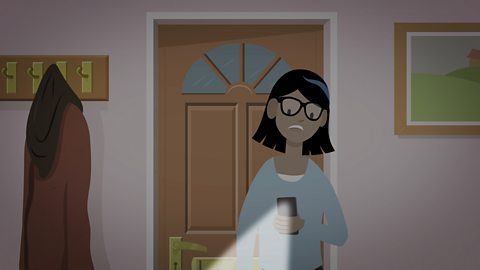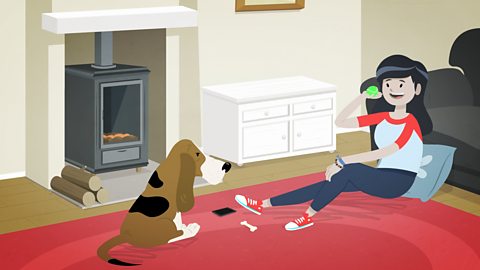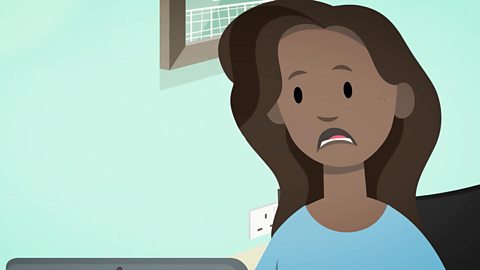Genetic engineering
Description
Megan arrives home late and, whilst sneaking through the door, trips over her cat Loki. She suggests that Loki should have a glow in the dark collar. Alfred, the science app, mishears her suggestion and looks for information on glow-in-the-dark cats. Alfred explains the procedures involved in genetic engineering. Enzymes can be used to remove glow in the dark genes from jellyfish DNA which can then be inserted into another organism’s DNA, namely a cat. The potential use of the technology is then explained, such as in the production of insulin and improved crop performance. The future benefits and drawbacks of the technology are then discussed.
Classroom Ideas
Depending on prior learning, pupils should be shown images of cells and asked why they think they have a nucleus. Demonstrate visually that within the nucleus there are structures called chromosomes, and that chromosomes are made up of genes which control the development of an organism. At this stage, pupils could perform a practical activity which extracts DNA from living cells such as strawberries or dried peas. Pupils should be given simple beads, and using different colours, asked to make chromosomes and genes. To extend pupils, ask them to discover what genes are made of and how many are needed to build a human. In groups, ask them to build a DNA double helix molecule from various resources online. Once they have an understanding that genes control the development of all organisms, ask them if they think genes could be transferred between different species, eg from a human to a bacterium, then discuss how and why. Show the animation demonstrating genetic engineering in producing a glow-in-the-dark cat. The end of the video introduces some benefits and drawbacks of the technique. All pupils could research the variety of genetically modified organisms produced to date. Extend pupils by asking them to research the benefits and drawbacks to society of genetically modifying organisms. To help with literacy, this research could be used to form a class debate on the moral and ethical implications of genetic engineering.
Variation, homeostasis and micro-organisms
Now playing video 1 of 3
- Now playing1:30

- Up next2:39

- 3 of 3
2:34